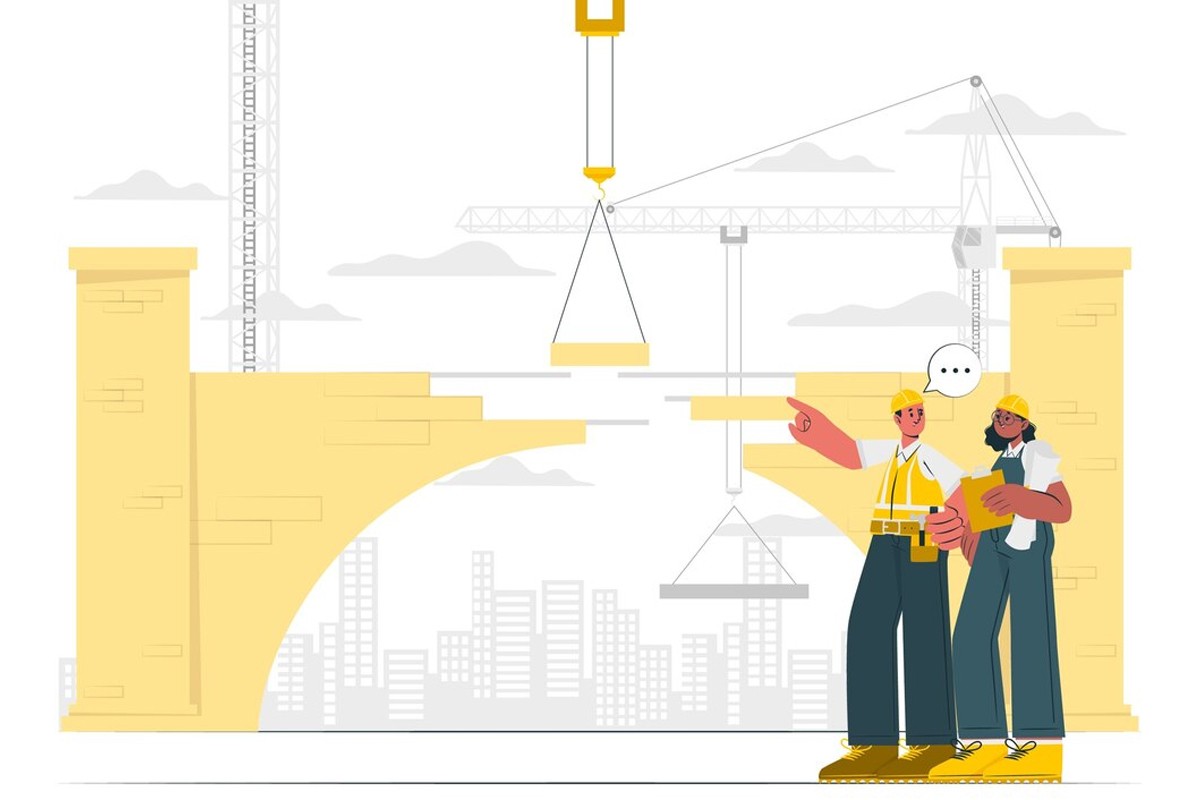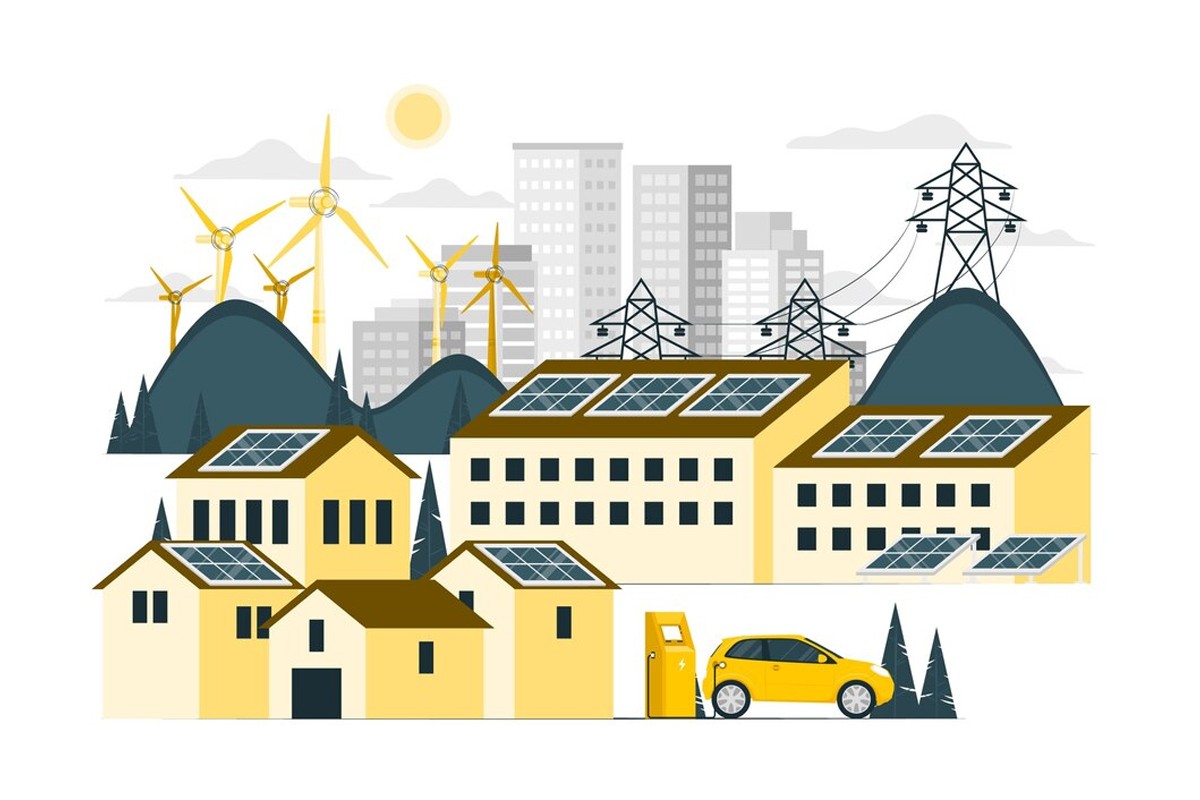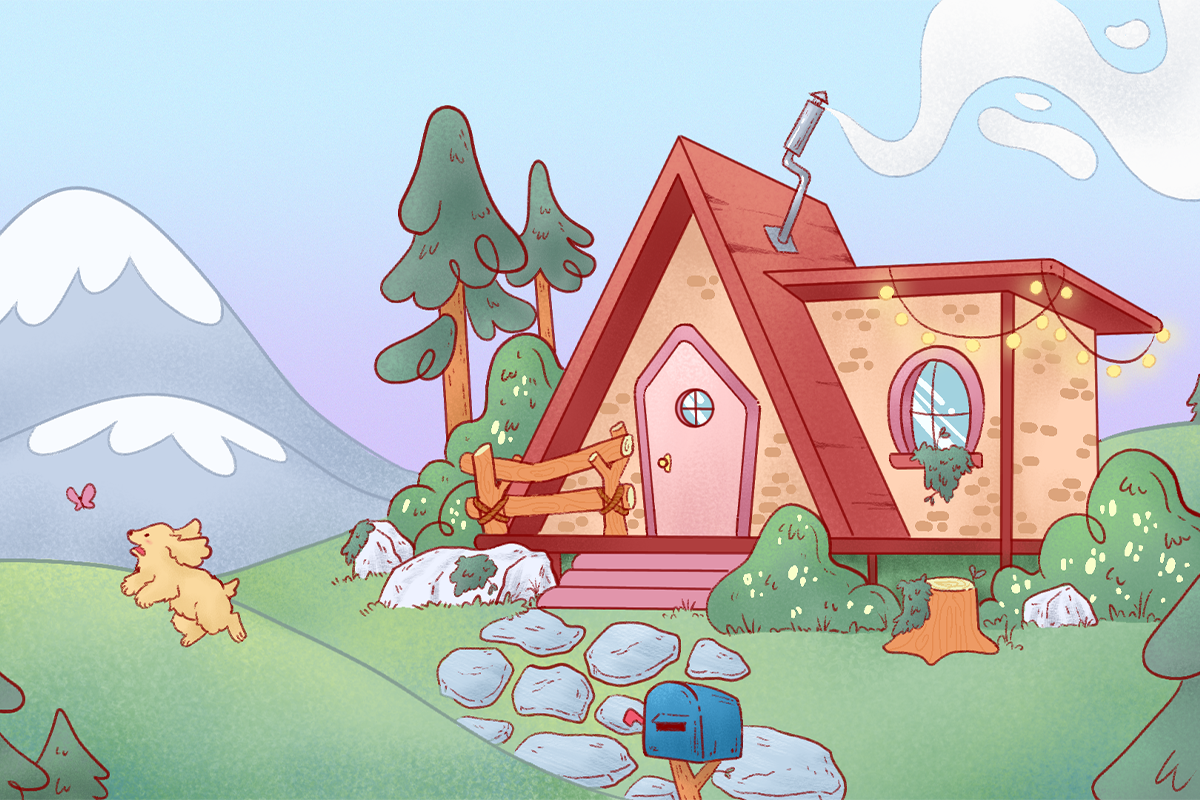The Ultimate Guide to Crafting a Winning Architecture Competition Entry
News & Article
04 Jun 2024

Participating in architecture competitions can be a thrilling and rewarding experience for architects and designers. Whether you're a seasoned professional or a budding talent, crafting a winning competition entry requires careful planning, creativity, and attention to detail. Here's your ultimate guide to standing out from the crowd and impressing the judges with your architectural prowess:
1. Research, Research, Research:

Before embarking on the design journey, conduct thorough research into the competition brief, site context, and constraints. This groundwork is pivotal, laying the foundation for your design concept and guiding your decisions. By comprehensively understanding project requirements and context, you equip yourself to make informed choices throughout the process.
This initial step not only ensures alignment with the competition's objectives but also enables you to integrate site-specific elements seamlessly into your design. Ultimately, this research-driven approach enhances your chances of crafting a compelling and contextually relevant architecture competition entry.
2. Define Your Design Intent:

Craft a clear and compelling overarching concept or narrative for your design, conveying a distinct message or story. Whether it's emphasizing sustainability, cultural significance, or innovation, a robust design intent serves to unify your elements and steer decision-making.
This clarity imbues your architecture with purpose, ensuring it resonates deeply with both judges and users. By articulating a strong narrative, your design transcends mere functionality, leaving a lasting impression that lingers in the minds of all who encounter it.
3. Embrace Innovation:

Distinguish your design by embracing innovative solutions and cutting-edge technologies. Explore the potential of emerging trends like parametric design, sustainable materials, and digital fabrication to redefine conventional architecture. By incorporating these advancements, you push the boundaries of what's possible, creating spaces that are not only visually stunning but also functionally efficient and environmentally responsible.
Embracing innovation not only sets your project apart from the competition but also positions you as a forward-thinking architect who is committed to shaping the future of the built environment.
4. Focus on Functionality:

While aesthetics hold significance, prioritize functionality and usability in your design. Ensure your architecture meets users' needs and effectively responds to programmatic requirements outlined in the competition brief. A well-designed space that enhances user experience is key to capturing judges' attention.
By focusing on functionality, you demonstrate your commitment to creating spaces that are not only visually appealing but also practical and user-friendly. Striking the right balance between aesthetics and usability will elevate your design, making it stand out amidst competition and leaving a lasting impression on both judges and users alike.
5. Site Integration:

Effortlessly blend your architecture with its surrounding context, be it a natural landscape or urban setting. Take heed of site features, topography, climate, and cultural nuances to craft a design that seamlessly integrates with its environment and enriches the sense of place. By meticulously considering these elements, your architecture becomes an organic extension of its surroundings, enhancing the overall harmony and coherence of the area.
Whether nestled among lush greenery or towering skyscrapers, your design should respect and celebrate the unique character of its location. This thoughtful approach not only ensures a visually pleasing outcome but also fosters a deeper connection between the built environment and the communities it serves, leaving a lasting positive impact for generations to come.
6. Sustainability Matters:

Embed sustainable design principles into your architecture to showcase your dedication to environmental stewardship. Delve into strategies like passive design, renewable energy systems, green roofs, and rainwater harvesting to mitigate ecological footprint and optimize efficiency. By embracing these approaches, your architecture not only minimizes environmental impact but also fosters a healthier and more resilient built environment.
Passive design techniques harness natural elements like sunlight and airflow to reduce reliance on mechanical systems, while renewable energy systems harness clean energy sources to power your building sustainably. Additionally, green roofs mitigate urban heat island effect and provide habitat for wildlife, while rainwater harvesting conserves precious water resources. Through these sustainable initiatives, your architecture becomes a beacon of environmental responsibility, inspiring others to follow suit in creating a greener, more sustainable future.
7. Tell a Compelling Story:

Harness the power of visual storytelling to effectively communicate your design concept. Employ a variety of mediums such as sketches, renderings, diagrams, and narrative descriptions to vividly convey the evolution of your architecture from concept to fruition. By weaving together these elements, you create a compelling narrative that captures the essence of your design journey, captivating the judges and leaving a lasting impression.
Illustrate how your design responds to site context, addresses programmatic needs, and embodies your overarching concept. Through this narrative, you not only showcase your creativity and vision but also engage the audience on an emotional level, inviting them to immerse themselves in the story of your architecture.
8. Pay Attention to Detail:

Meticulously attend to every detail of your design, from material selection to spatial arrangement. Thoughtfully ponder the scale, proportion, texture, and composition of each element to craft a cohesive and visually captivating architecture. Whether it's the choice of sustainable materials, the arrangement of interior spaces, or the play of light and shadow, every decision contributes to the overall impact of your design. By sweating the small stuff, you ensure that every aspect of your architecture harmonizes seamlessly, resulting in a space that is not only functional but also aesthetically compelling, leaving a lasting impression on all who experience it.
9. Collaborate and Iterate:

Embrace collaboration across disciplines and welcome feedback from peers and mentors without hesitation. Adopt an iterative design approach that facilitates refining and enhancing your ideas through experimentation and critique. Iteration is vital in honing your design, allowing for continuous improvement and innovation.
By remaining open to input and diverse perspectives, you enrich the creative process and uncover new possibilities. Each iteration brings you closer to realizing a truly exceptional architecture that not only meets but exceeds expectations. Ultimately, it's through this collaborative and iterative journey that your design evolves into a masterpiece that resonates deeply with its users and community.
10. Presentation is Key:

Lastly, dedicate ample time and effort to crafting a polished and professional presentation for your competition entry. Guarantee that your drawings, renderings, and written documentation are not only clear and concise but also visually captivating. A meticulously presented entry serves as a testament to your design prowess and captivates the judges' attention from the outset.
Ensure that your visual materials effectively communicate your design concept and highlight its key features, while your written documentation provides a comprehensive overview of your approach and methodology. By investing in a compelling presentation, you not only showcase your design skills but also elevate the perceived value of your architecture, increasing your chances of making a lasting impression on the competition jury.
By following these ten tips, you'll be well-equipped to craft a winning architecture competition entry that stands out for its creativity, innovation, and design excellence. Remember to stay true to your vision, push the boundaries of conventional thinking, and above all, have fun with the design process. Good luck!
Text provided by Haripriya Jayaraman-
Haripriya Jayaraman is a vibrant, chatty extrovert with a deep passion for prose and poetry. Conversations energize her, and she thrives on connecting with others to uncover shared stories and experiences. She enjoys sailing through and exploring Architecture beyond the curriculum.
Upcoming Deadlines
Tiny House 2025
Architecture Competition
Early Bird Deadline - 23 Jan 2026
Standard Registration Deadline - 27 Feb 2026
Submission - 12 Mar 2026


